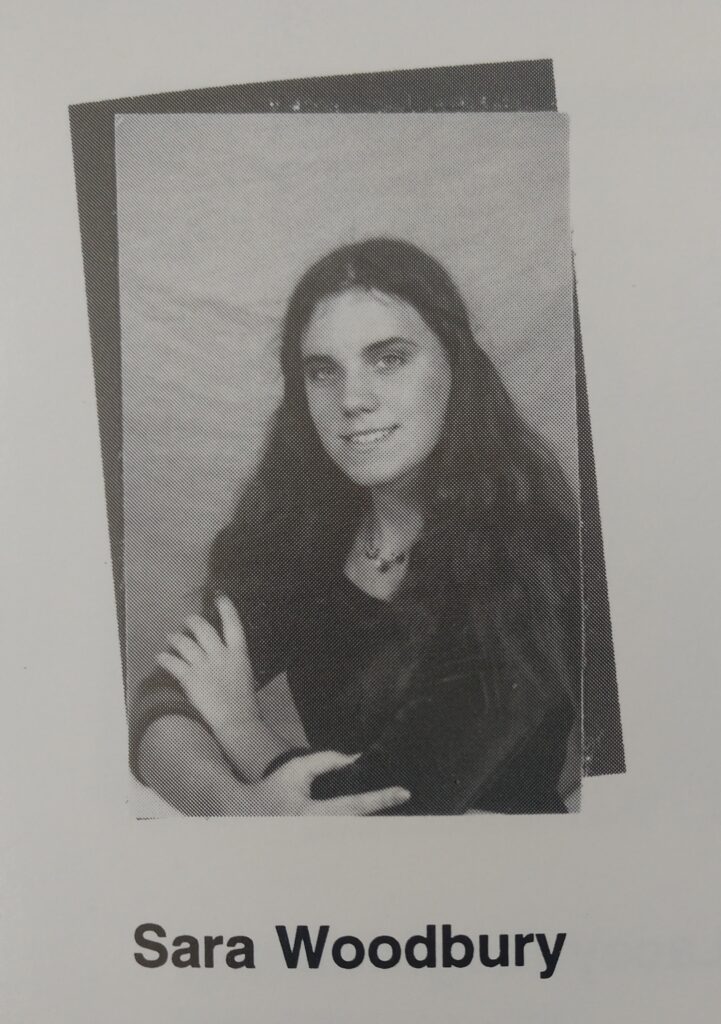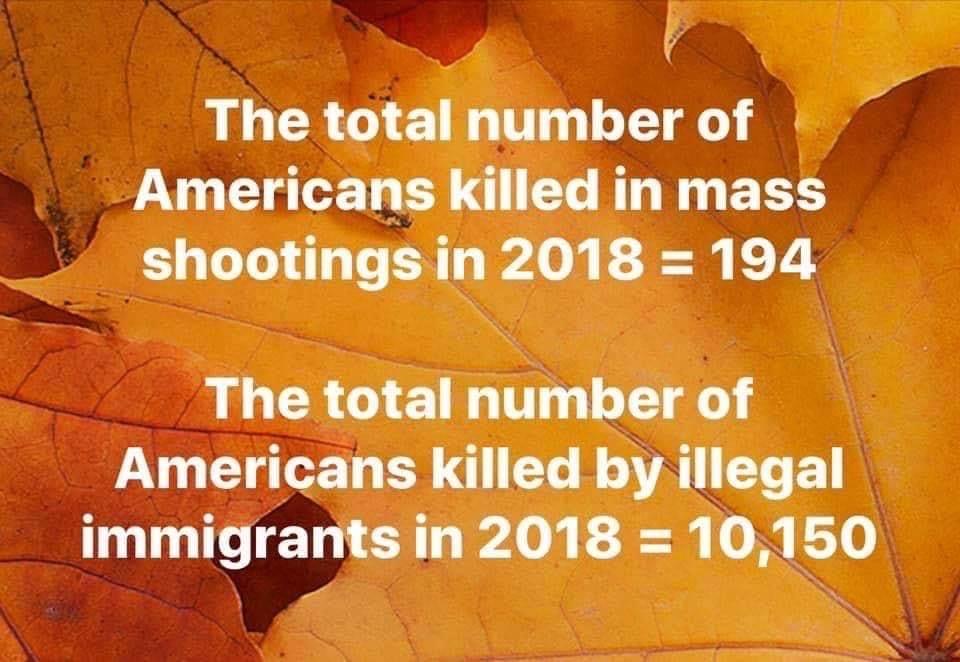During my freshman year in high school, I took a class on contemporary young adult literature. Keep in mind, I went to a charter school that offered a fairly eclectic array of classes, including Latin, marine biology, and the course that would change my life, art history, so this course wasn’t especially usual to me. In retrospect though, it was remarkable for three reasons:

- This was the first and one of the only times I’ve encountered modern and contemporary YA literature being taken seriously in any sort of academic environment. I’ve only recently come to appreciate how unusual this is.
- The syllabus had no master reading list. Instead, each student proposed a topic for a research project and chose books in accordance with that theme. In my case, that meant nearly all of the books I read were written by women and focused on the experiences and perspectives of women and girls, whether they were aspiring writers, burgeoning detectives, or even navigating the challenges of OCD. Again, it would take me years to realize how (sadly) unusual that was.
- Critical thinking was a key point of the course, with a focus on analysis rather than the simple regurgitation of narrative or plot. In reading these books, we weren’t just expected to summarize their events, but to interrogate the kinds of values they were espousing or not, and why.
I feel this last point is especially pertinent. As an adult living in the times that we do now, I wish critical thinking was taught with the same eagerness as that course had espoused, and not just in public schools. Given the preponderance of misinformation, disinformation, and overall distrust of anything in terms of content and authority, learning to recognize not only the point of view of various articles or stories, but how they seek to grab and maintain our attention through relaying facts, stoking our emotions, or both, is crucial to navigating the so-called Information Age. It’s bad enough with all the pandemic misinformation circulating around social media, but with an election coming up in a couple of months, the outbursts of accusations, falsehoods, and rumors will only get worse.
Today then, in honor of my old high school class, I’d like to use today’s post as a primer on critical thinking, and more specifically on recognizing misinformation. In terms of point of view, I’m writing as a white American living in the United States, and I don’t claim to be an expert on teaching the subject. Instead, I’ll share some of the tips I use to navigate the ever wild-and-woolly world of media.
When it comes to the media, emotion rules. As Nato Thomson argues in Culture as Weapon, everyone from politicians to entrepreneurs appeals to the public through emotion because arguments based on affect rather than reason are more likely to invoke a stronger, more passionate, and lasting reaction. If you find that a social media post or article is trying to stoke your anger, recognize that it’s been designed to do that, and take a step back.
Recognize that you might feel angry at articles that challenge your worldview, but don’t let that anger keep you from accepting factual evidence. Since politics often get conflated with feelings, it can be extremely difficult to change opinions based on facts alone, especially if they conflict with our worldviews or lifestyles. It’s why we shut down during discussions of climate change, deny the pandemic’s existence rather than change our behaviors, or use platitudes like “but not all (insert term here).” As I learned in the book Predisposed: Liberals, Conservatives, and the Biology of Political Difference, people with strong political inclinations on either side of the spectrum are more likely to manipulate facts to fit their established worldview than to change their perspective to reflect new data. Change is hard, it really is, but don’t let that stop you from accepting new facts or realities.
Know your source. Where did your article come from? The New York Times? Fox News? The Guardian? The Federalist? No source is entirely neutral and every article has a point of view, but some sources are more inclined toward one end of the liberal/conservative spectrum than the other, which will definitely influence its interpretation of events. Know where your article is coming from in terms of platform, and better yet, read from a few different sources rather than limit yourself to one.
Don’t stop at the headline: read the entire story. Media outlets know that we have short attention spans, and use inflammatory headlines to get our attention. If you don’t read the rest of the article though, chances are you’ll be missing a lot of vital contexts. So say you saw an article called “Pope Eats Babies.” Maybe it’s actually about the Pope’s fondness for baby carrots (I don’t know if he actually likes them, so don’t quote me), but if you never got past the headline, you might assume he was an infanticidal cannibal. Then you share that article on social media, where your viewers probably won’t read it either. Pretty soon you have a mass of people angry at the Pope for liking vegetables, except they don’t know that because their reading stopped at the headline.
Same goes for images. Did you notice that I posted a high school picture at the beginning of this post, only to end up talking about something completely different? I did that on purpose. I know from tracking the blog stats for this site that pictures of me nearly always result in more views of my posts. Like those pesky catchy headlines, articles, posts, and other media use pictures to get your attention, if not necessarily keep it. As stated in the previous point, a lot of inflammatory media depends on short attention spans and emotional reactions to obliterate nuanced analysis in favor of broad assessments. Defy expectations and look at the images in the entire article, not just the first one.
Pictures also have a point of view. Photography is often touted as capturing things as they really are, but since its inception photographers have used the medium to tell specific stories. This can be as simple as cropping a scene, but in the age of advanced photoshop and film editing, it’s become easier than ever to create new, seemingly objective realities via digital editing. Once again, this is why it’s important to not only read the entire piece but to check its sources, including image credits.
Check the sources. I can’t stress this one enough. Whether what you’re reading concerns politics, the pandemic, or something else, check the sources. If there are no data or citations to support the argument, chances are it’s fabricated. This is especially prevalent when it comes to memes, quick stats, and other bite-sized chunks of media meant to be seen and processed quickly. I’ve seen a lot of people post statistics about gun control or immigration online, for instance, only to find through a quick search that their claims have no factual basis whatsoever. The next time you see one a meme like the one I’ve posted below, go to Snopes or another verifying source and see whether it has any factual basis. It doesn’t matter if it affirms your personal beliefs or attitudes. If there are no data to back its claims, you’re only doing harm spreading these things around.

Check your sources, part two. You should also pay attention to the sources in longer articles . Who are the authors quoting in the article? Are there any references to any recent scholarly works? If yes, who are they? Are they mostly white men, or are they also including women, Black perspectives, and other viewpoints? If there’s a reference to a specific book or article, can you find it easily? If it’s a Wikipedia article, are there citations and a bibliography at the end sharing sources? If so, what kinds of sources are they showing? If it’s a pandemic piece, are they quoting certified doctors or medical researchers and including the evidence and observations of research to back their claims?
Verify, verify, verify. Don’t just rely on one news article for a story. Read and compare articles, and note their similarities and differences. Are they consistent in the basic facts? What are their perspectives on the events? In the age of niche audiences and customization, it’s especially easy to get caught in an echo chamber when it comes to political information, so going outside of your usual sources can be one way to broaden the spectrum.
About social media sharing. You may have read that entire article and verified its sources, but a lot of your followers will not. If you’re worried about spreading misinformation, either provide a brief summary or encourage them to read the whole thing. It’s not a surefire prevention technique, but it’s better than simply posting with no explanation or context if you’re concerned about misinterpretation.
This isn’t a comprehensive list, but it’s a start. Does this sound like a lot of work? It is, but it’s important and we need to make the time for it. As we head into what is most likely going to be another ugly election cycle, it’s crucial that we remain vigilant about the information we consume, particularly when it comes to voting, representation, and accessibility. Let’s all do our part to prevent misinformation, whether it’s related to the pandemic, politics, race relations, something else, or all of the above.
Looking for more resources? Here are some suggestions to get you started:
Allsides shares news from left, center, and right perspectives, allowing you to see how different points of view shape the interpretation of events: https://www.allsides.com/unbiased-balanced-news
The University of Michigan put together this chart mapping out popular news media outlets across the political spectrum: https://guides.lib.umich.edu/c.php?g=637508&p=4462444
For a great comic discussing the backfire effect, check out this comic from The Oatmeal: https://www.theoatmeal.com/comics/believe
To check out a school curricula approach to teaching disinformation, here’s an article from The Guardian about what Finland has been doing: https://www.theguardian.com/world/2020/jan/28/fact-from-fiction-finlands-new-lessons-in-combating-fake-news
PBS also has programs about fake news and promoting media literacy: https://www.pbslearningmedia.org/collection/fake-news/
For a discussion about the distinction between misinformation and disinformation, click here: https://lifehacker.com/misinformation-and-disinformation-are-not-the-same-thin-1839290006
For information on the pandemic, here’s a compilation from the CDC: https://www.cdc.gov/coronavirus/2019-ncov/communication/print-resources.html?Sort=Date%3A%3Adesc
For quick fact-checking, there’s Snopes: https://www.snopes.com/
Books:
Culture as Weapon: https://www.barnesandnoble.com/w/culture-as-weapon-nato-thompson/1124484327
Nato Thomson also discusses his book in thi interview with The Atlantic: https://www.theatlantic.com/entertainment/archive/2017/01/culture-as-weapon-nato-thompson/514712/